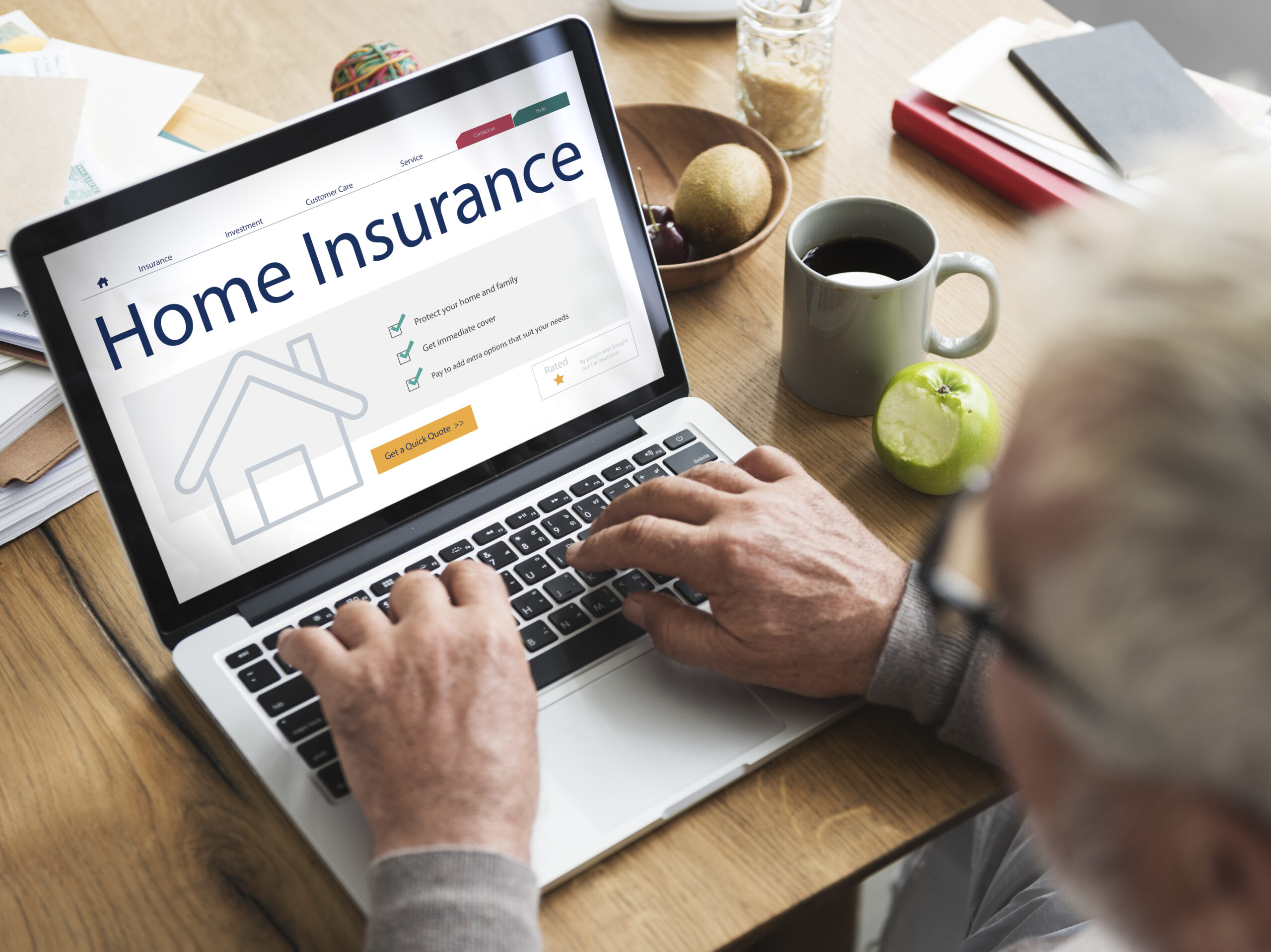Homeowners in Florida face unique challenges when it comes to roof protection. From intense heat and humidity to heavy rains and hurricanes, roofs in the Sunshine State endure a lot. So, if your roof sustains damage, will your homeowners insurance cover a replacement? The answer: it depends on your policy and the cause of the damage. Let’s break down what you need to know about homeowners insurance and roof coverage in Florida.
-
Coverage for Sudden and Accidental Damage
Most homeowners insurance policies cover roof damage caused by sudden and accidental events. This typically includes damage resulting from:
– Hurricanes and Tropical Storms: Given Florida’s frequent exposure to severe weather, many policies cover wind and storm-related damage. This may include missing shingles, punctures, or structural damage caused by high winds.
– Hail Damage: If your roof is damaged by hail, it’s usually considered a covered peril.
– Falling Objects: Damage caused by falling tree limbs or debris is typically covered.
– Fire Damage: Most standard policies cover roof damage caused by fire.
When filing a claim for roof damage due to these events, your insurance company will likely conduct an inspection to assess the extent of the damage and determine coverage eligibility. Keep in mind that hurricane deductibles may apply, which can be higher than your standard deductible.
-
Wear and Tear and Lack of Maintenance Are Not Covered
Insurance policies typically do not cover roof damage caused by regular wear and tear or lack of maintenance. Florida’s harsh climate can accelerate the aging of your roof, leading to gradual damage such as cracked shingles, leaks, or deterioration of roofing materials. If an inspection reveals that your roof was in poor condition before the damage occurred, your claim may be denied.
Common issues not covered include:
– Aging and general wear: Roofs have a finite lifespan, and insurers expect homeowners to replace or maintain their roofs over time.
– Moss, algae, and mold growth: These issues are typically seen as a sign of neglect.
– Improper installation: Roof damage resulting from poor installation may not be covered.
Tip: Regular roof inspections and maintenance can help you identify and address issues early, keeping your roof in good condition and reducing the risk of denied claims.
-
Roof Age and Insurance Coverage
The age of your roof can significantly impact your insurance coverage. In Florida, insurers often have specific guidelines for roofs over a certain age—usually around 15-20 years. If your roof is near or beyond this age, your insurance company may:
– Offer limited coverage: For example, instead of paying for a full roof replacement, they may only cover the actual cash value (depreciated value) of the roof, rather than the full replacement cost.
– Require an inspection: Your insurer may mandate a roof inspection before renewing or writing a new policy. If the roof fails the inspection, you may need to replace or repair it to maintain coverage.
Pro Tip: If you’re considering a new roof, upgrading to hurricane-resistant materials may offer better protection and lead to lower premiums.
-
Filing a Roof Damage Claim in Florida
If your roof is damaged due to a covered event, follow these steps to file a claim:
- Document the Damage: Take photos and videos of the damage as soon as it is safe to do so.
- Contact Your Insurance Company: Notify your insurer promptly and follow their procedures for filing a claim.
- Schedule an Inspection: Your insurance company may send an adjuster to assess the damage. Be prepared to share any documentation, including photos and maintenance records.
- Hire a Roofing Professional: If possible, get a professional opinion from a licensed roofer to verify the extent of the damage. This can be helpful during the claims process.
- Make Temporary Repairs: If there’s an active leak or potential safety hazard, make temporary repairs to prevent further damage. Keep all receipts, as your insurer may reimburse you for these costs.
-
Understanding Policy Exclusions and Limits
Each insurance policy is unique, with its own set of coverage limits and exclusions. Carefully review your policy to understand what is and isn’t covered. Some policies may have hurricane or windstorm exclusions that limit coverage during extreme weather events. You may need to purchase additional coverage or a windstorm policy to fully protect your roof.
-
Homeowners Insurance Discounts for Roof Upgrades
In Florida, homeowners who invest in wind mitigation measures, such as hurricane straps, impact-resistant shingles, or reinforced roof decks, may be eligible for discounts on their homeowners insurance. Speak with your insurance provider to learn more about these incentives and how they can lower your premiums.
Key Takeaway: Know Your Coverage Before the Storm Hits
Homeowners insurance can cover roof replacement or repair for sudden and accidental damage caused by events like hurricanes, hail, or falling objects. However, coverage does not extend to regular wear and tear, aging, or neglect. It’s important to understand your policy, maintain your roof, and be prepared to act quickly if a storm damages your home. By staying informed and proactive, you can maximize your coverage and protect your home from Florida’s unpredictable weather.
If you’re unsure about your coverage or want to ensure your roof is ready for storm season, reach out to your insurance agent and a trusted roofing professional for guidance. Stay prepared, stay informed, and keep your home safe from the elements!

